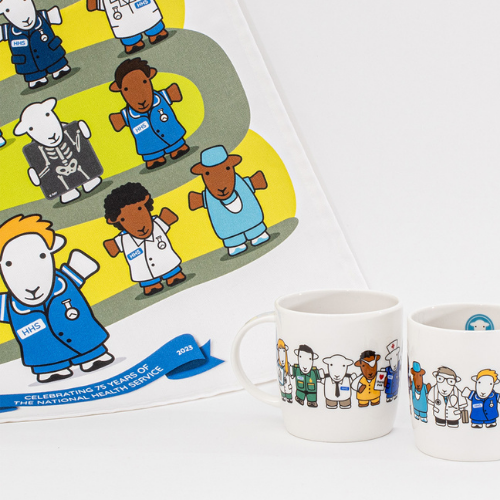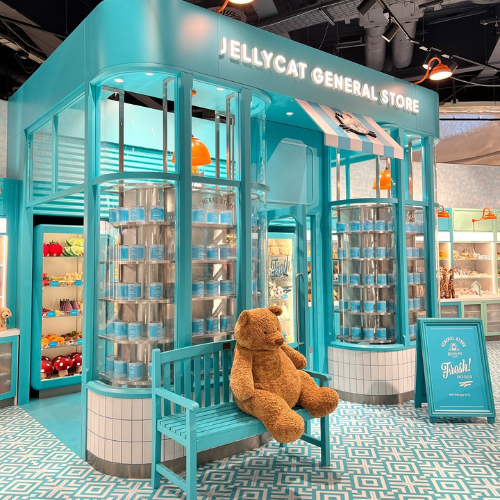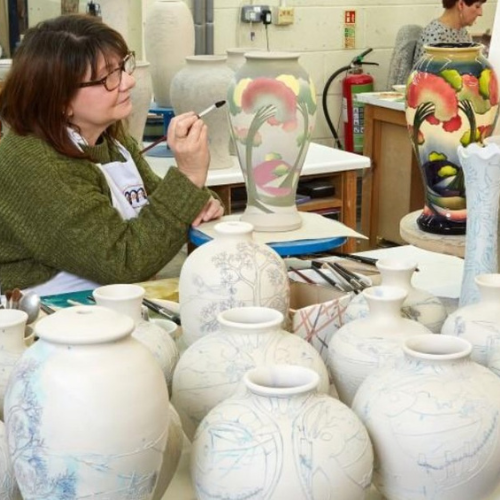Last month’s survey by The Giftware Association – which was open to all members – set out to gauge the health and future outlook of the gift industry.

The comprehensive survey touched on various facets of business operations, from staff investments and export activities to growth predictions and the impact of broader economic and geopolitical issues.
Commented The Giftware Association’s ceo Sarah Ward: “I’m privileged to be able to provide an insightful summary of the findings from this survey, reflecting our industry’s resilience, challenges, and the path forward.”
The survey garnered responses, primarily from GA members in the retail and manufacturing sectors, representing the core of the Association. A key insight was overall business confidence among members, which, despite the challenges posed by the cost-of-living crisis, remains steadfast. “This equilibrium of optimism and pessimism among respondents underscores the resilience and adaptability of our sector,” states Sarah.
She pointed out that one poignant reflection, shared by a member, highlighted the urgency for a cohesive strategy to revitalise high streets and town centres, emphasising a people-centred approach to regeneration. “This sentiment echoes the collective call for governmental collaboration and support in creating a conducive environment for retail and hospitality businesses to thrive,” Sarah commented.
She adds that growth expectations within the gifting sector presents a cautiously optimistic outlook, with 32% of brands anticipating higher growth, despite prevailing economic uncertainties. This optimism is, however, tempered by concerns over consumer spending, as financial pressures have curtailed the discretionary spending that traditionally fuels the gift industry.
The survey also sheds light on the export landscape, revealing a mixed sentiment but a noticeable pivot towards exploring international markets for growth.“This diversification strategy is crucial as businesses navigate the complexities of trade in the post-Brexit era, which, as highlighted by many respondents, has introduced significant challenges and costs, particularly in trading with the European Union,” states Sarah.
According to the survey, workforce trends within the gift sector reflect a commitment to maintaining and potentially increasing staff levels, despite economic pressures. Commenting, Sarah emphasises that this is a testament to the gift industry’s resolve to support its workforce, even as businesses grapple with rising operational costs, including minimum wage increases.
“Investment intentions among our members indicate a determination to sustain or even increase business investment levels, underscoring the sector’s forward-looking stance and its readiness to seize growth opportunities. However, this ambition is hampered by ongoing challenges such as Brexit-related disruptions, which have markedly impacted export activities and operational costs. The need for more supportive governmental policies and practical assistance for SMEs, especially in navigating the complexities of international trade, is a recurring theme in the feedback.
“Furthermore, the pandemic has left a lasting impact on our sector, altering consumer behaviours and presenting both challenges and opportunities for adaptation and innovation. The shift towards online retail, for instance, has been both a boon and a bane, catalysing growth for some while sidelining traditional retail formats.”
Summarising the responses, Sarah stated that the survey results paint a picture of an industry at a crossroads, facing significant challenges but also possessing the resilience and innovative spirit to navigate through. “As we move forward, it is imperative that we, as an industry, collaborate more closely with government bodies, leverage international opportunities, and continue to adapt to the evolving consumer landscape. Together we can chart a path towards sustained growth and prosperity for the giftware sector.”
Top: Among the findings of a recent survey by The Giftware Association was the urgency to revitalise high streets and town centres, with a people-centred approach to regeneration.























